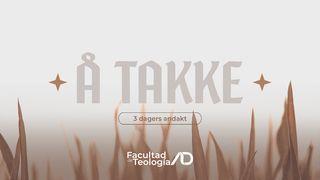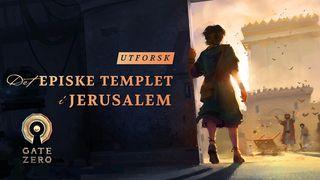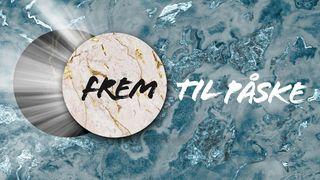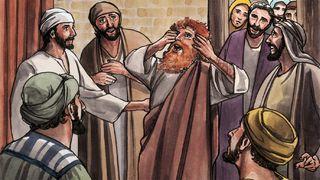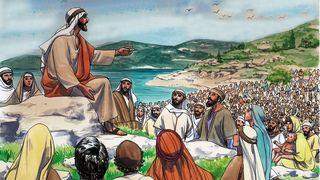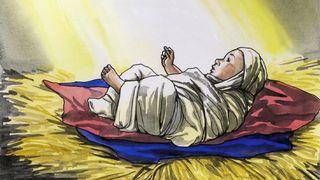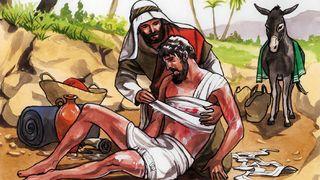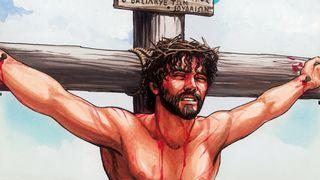Leseplan-informasjon
Exodus: For God's GloryPrøve
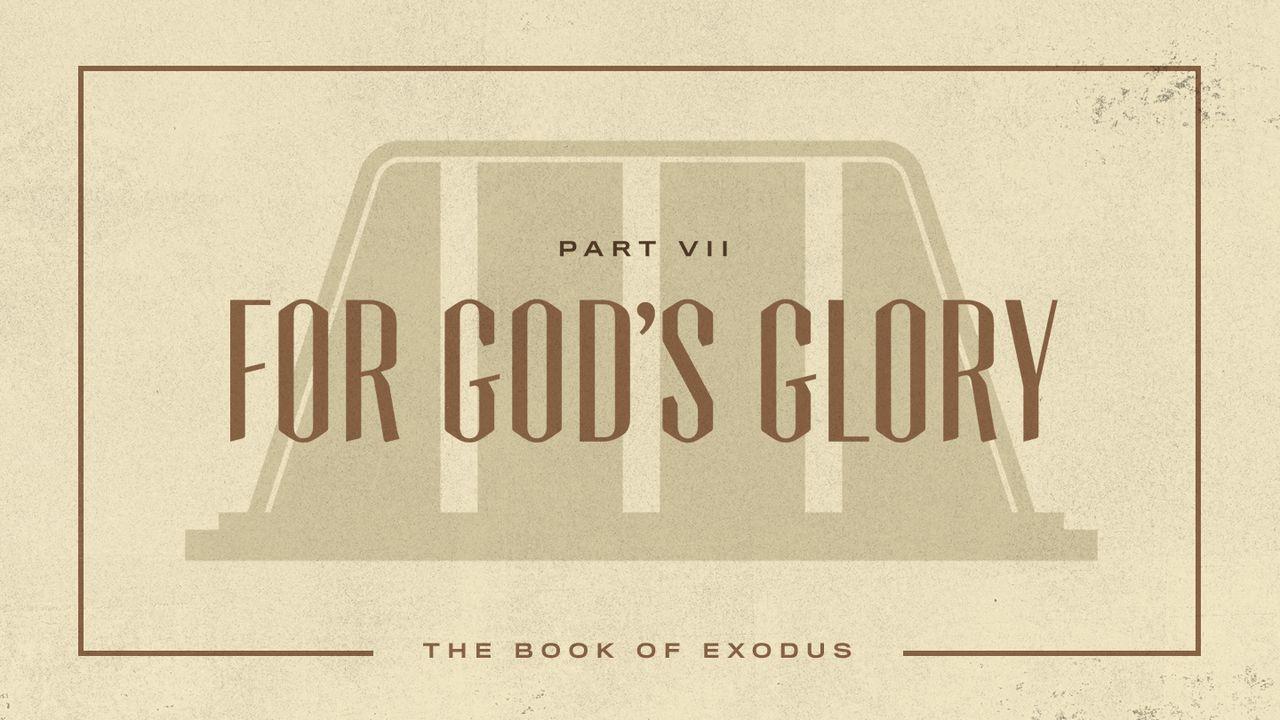
# Garments and God
### By Jimmy Purchase
“They fashioned the breastpiece—the work of a skilled craftsman. They made it like the ephod: of gold, and of blue, purple and scarlet yarn, and of finely twisted linen. It was square—a span long and a span wide—and folded double. Then they mounted four rows of precious stones on it. The first row was carnelian, chrysolite and beryl; the second row was turquoise, lapis lazuli and emerald; the third row was jacinth, agate and amethyst; the fourth row was topaz, onyx and jasper. They were mounted in gold filigree settings. There were twelve stones, one for each of the names of the sons of Israel, each engraved like a seal with the name of one of the twelve tribes. For the breastpiece they made braided chains of pure gold, like a rope. They made two gold filigree settings and two gold rings, and fastened the rings to two of the corners of the breastpiece. They fastened the two gold chains to the rings at the corners of the breastpiece, and the other ends of the chains to the two settings, attaching them to the shoulder pieces of the ephod at the front. They made two gold rings and attached them to the other two corners of the breastpiece on the inside edge next to the ephod. Then they made two more gold rings and attached them to the bottom of the shoulder pieces on the front of the ephod, close to the seam just above the waistband of the ephod. They tied the rings of the breastpiece to the rings of the ephod with blue cord, connecting it to the waistband so that the breastpiece would not swing out from the ephod—as the Lord commanded Moses.”— Exodus 39:8–21 (NIV)
You might be reading this and questioning, “How on earth do gold priestly garments make an impact on my daily life?” Good question.
When I get to portions of the Old Testament, similar thoughts rush to my head. Often, I struggle with sections that seem out of touch with my day-to-day life. However, in those times specifically, I need to remind myself the Scriptures are God’s words to us and for us. Each verse has a specific message He wants to share with us.
To get a better idea of how these priestly garments fit in the story of Exodus, we have to look at Exodus 28. There, God commands the Israelites to dress Aaron and his sons in garments that would have them serve in the sanctuary with dignity—garments that would help them stand out among others. Exodus 39 displays them obeying God’s command.
These garments were covered in jewels, braided in gold, and made from the finest materials. They were meant to be a symbol, a small replica of the holy of holies. G.K. Beale writes, “Both the priest and the tabernacle were designed to represent the creative work of God.”
Now, if God’s priests are supposed to wear these garments, why don’t we see our teaching pastors dressed in gold braids and jewels? I’m sure we would love to see that!
Hebrews shows that our great high priest is not Aaron but Jesus. In the old covenant, the high priest’s job was never finished. The priests constantly performed all the religious duties to help purify the people of God. However, even with all those duties performed daily, the priests could never truly remove sins—they couldn’t bring real, everlasting peace to God’s people.
The Old Testament priesthood points directly to Jesus. Even though Jesus didn’t wear any of these garments, He offered Himself as a sacrifice to purify us once and for all. He exchanged His perfect life for our imperfect life. He exchanged our sin for His righteousness. He removed our sins and made us holy and pure. On the cross, Jesus shouted, “It is finished!” (John 19:30 NKJV), showing that His atoning sacrifice and priestly work were finally complete. He is now seated at the right hand of God (Hebrews 1:3).
Jesus is the truer and better high priest seated next to the Father because His work is done. He only serves His people and mediates for them but fully removes the sin that has damaged our lives, relationships, and relationship with God. Jesus doesn’t remove the old covenant but renews it forever with His own body and blood.
Before the throne of God above
I have a strong and perfect plea
A great High Priest whose name is love
Whoever lives and pleads for me
My name is graven on His hands
My name is written on His heart
I know that while in heaven He stands
No tongue can bid me thence depart
No tongue can bid me thence depart
—“Before the Throne of God Above” by Charitie Bancroft
Pause: Knowing that Jesus made the perfect sacrifice for all your sins, how might that gospel truth impact how you approach God?
Practice: Jesus is your mediator. Go boldly before God in prayer, knowing He listens to every word and is eager to have a deep relationship with you.
Pray: Jesus, I think about Your love, which changes my heart. Knowing all about me, You still pursued me. While knowing the sins of my past, the sins of my present, and the sins of my future, You carried all those on the cross and then rose again in victory over them. You are my priest and my king! Amen.
Skriften
Om denne planen
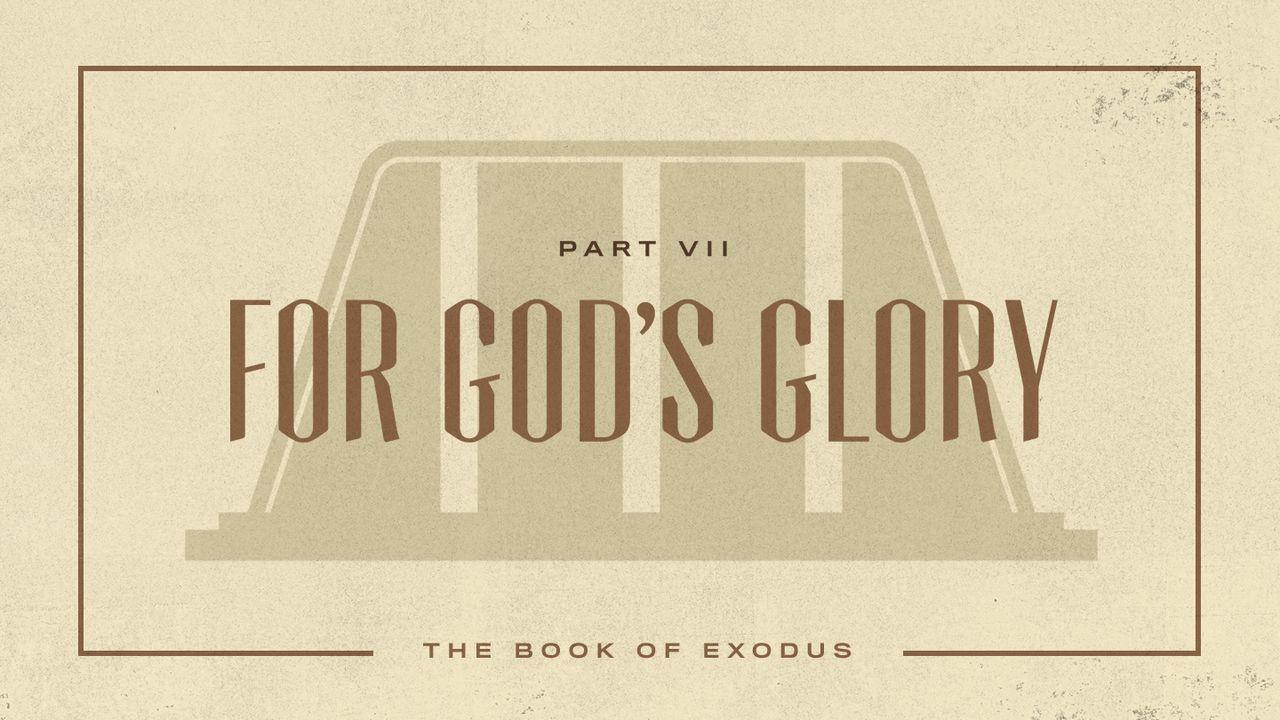
In the final part of our seven-part study through the Book of Exodus, we'll explore Exodus 35–40.
